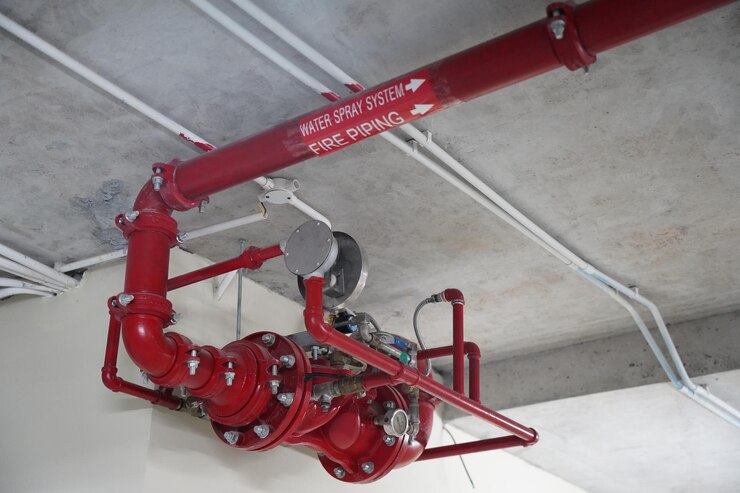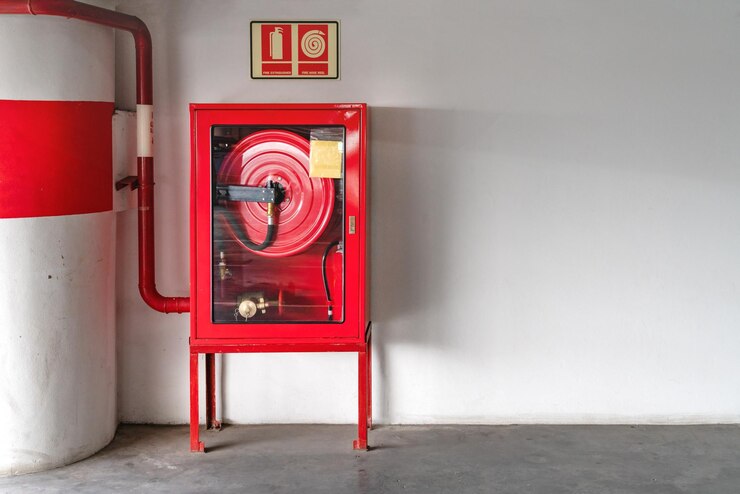We specialize in the installation and maintenance of fire suppression systems for commercial and industrial locations, ensuring that all systems are tested and inspected on a semi-annual basis as required. Our team of skilled flame suppression technicians is equipped to install a variety of systems, including Kitchen/UL-300 Suppression, CO2 Fire Suppression Systems, Foam Suppression, Clean Agent Flame Suppression, and Vehicle Fire Suppression.
We collaborate with industries of all kinds, which is why we have a diverse team of technicians committed to delivering the highest quality service to meet your specific needs.

Protect Your Property and People
Ensuring the safety of your property and everyone inside is essential, which is why fire safety systems are so important. Installing and maintaining reliable fire suppression systems helps minimize the risk of fire-related damage, protect valuable assets, and, most importantly, save lives. With professional fire suppression services, you can have peace of mind knowing that you’re well-prepared to handle emergencies efficiently and effectively.
Types of Suppression Systems
Its rapid response capabilities make it an indispensable safeguard for any food service establishment, providing peace of mind and regulatory compliance.
Their fast-acting and residue-free properties make them an essential choice for safeguarding valuable assets and maintaining business continuity in the event of a fire emergency.
Their ability to swiftly extinguish fires makes them a reliable choice for protecting valuable assets and ensuring the safety of personnel in critical environments.
With their rapid response and ability to cover large areas, dry chemical suppression systems provide reliable fire protection, minimizing damage and reducing downtime in the event of a fire emergency.

Fire Suppression Room Integrity Testing
This is a vital aspect when it comes to flame suppression system maintenance. This type of test ensures that enclosed spaces remain adequately sealed to contain fire suppressant agents effectively. By evaluating the air tightness of the enclosure, this testing assesses the integrity of the room’s structure, including walls, ceilings, floors, and doors. This process helps verify that the room can maintain the required concentration of suppression agents for a specified duration, enhancing the overall effectiveness of the fire protection system.
How does a fire suppression system function to control and extinguish fires?
A fire suppression system detects fires through various methods, such as heat, smoke, or flame sensors. Once a fire is identified, the system works to control it by cooling the flames, smothering them by removing oxygen, or interrupting the chemical reaction that fuels the fire. It accomplishes this by releasing agents like water, foam, gas, or chemicals to extinguish the flames. These systems help prevent the spread of fire and may also alert emergency services.
